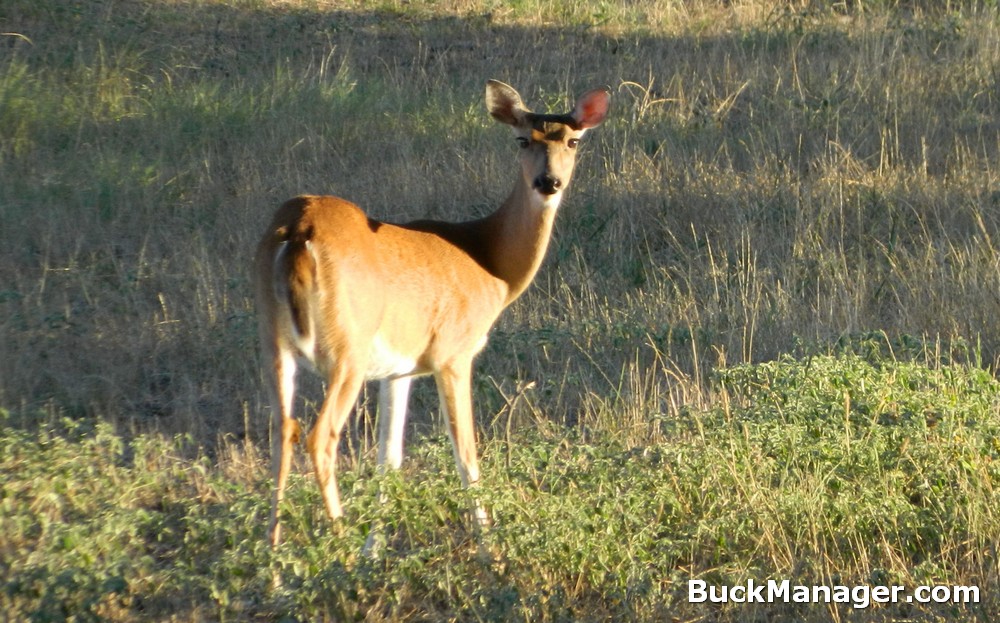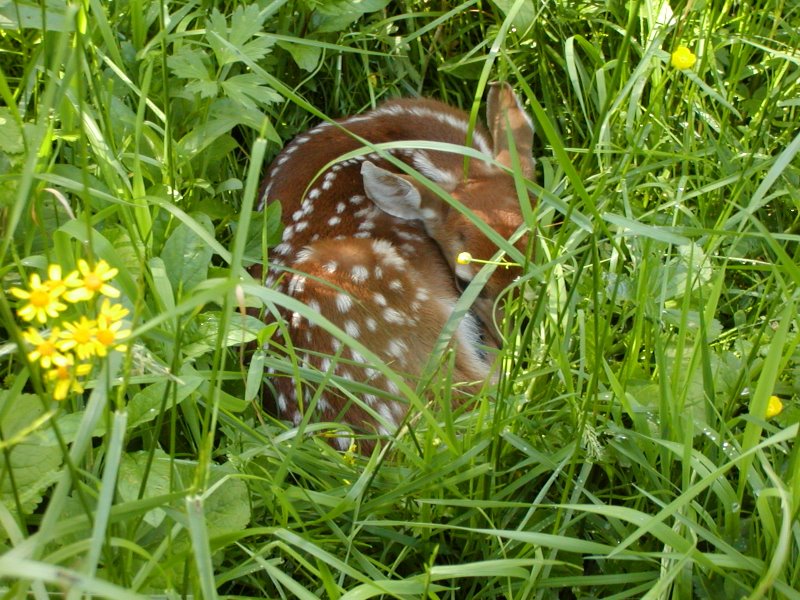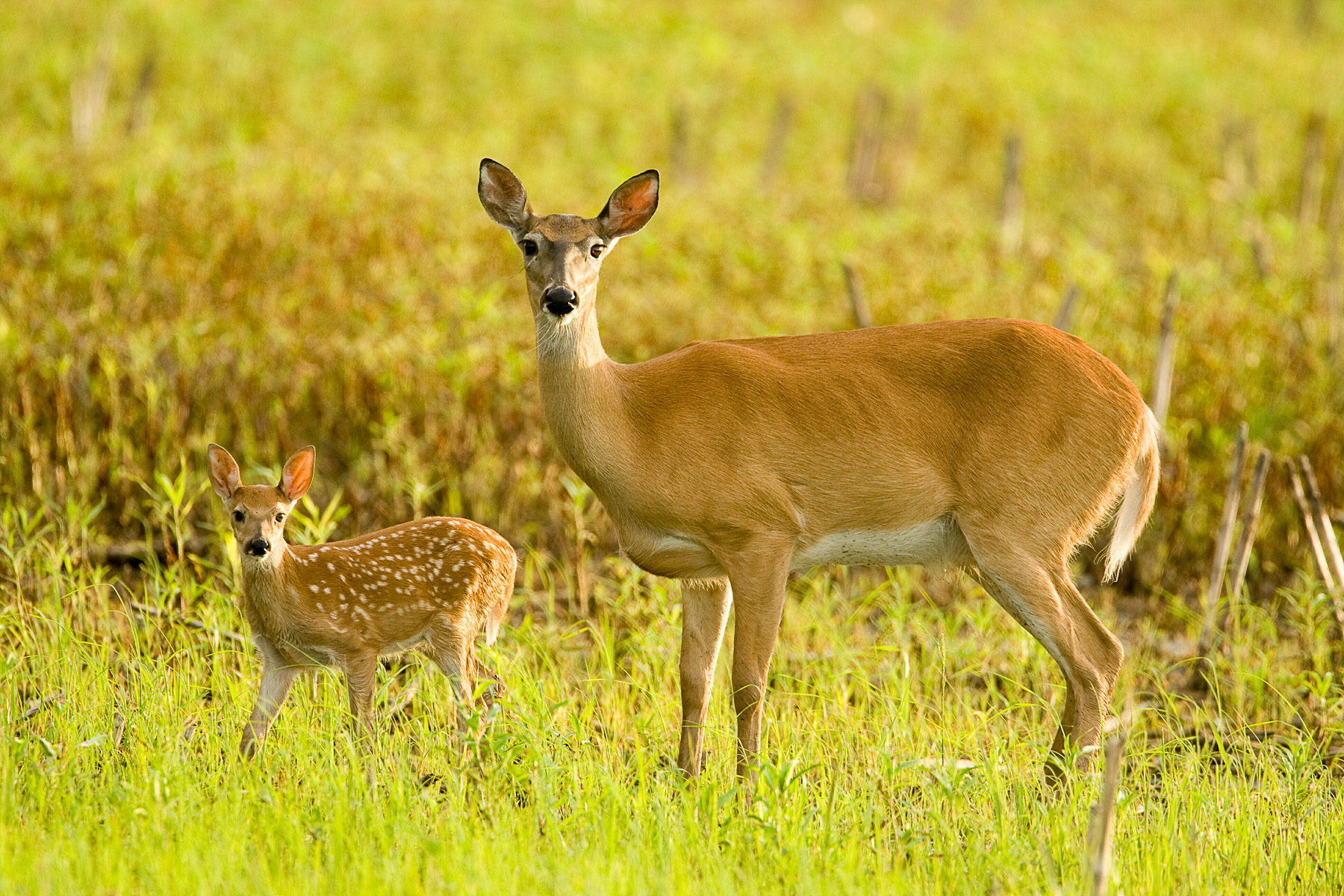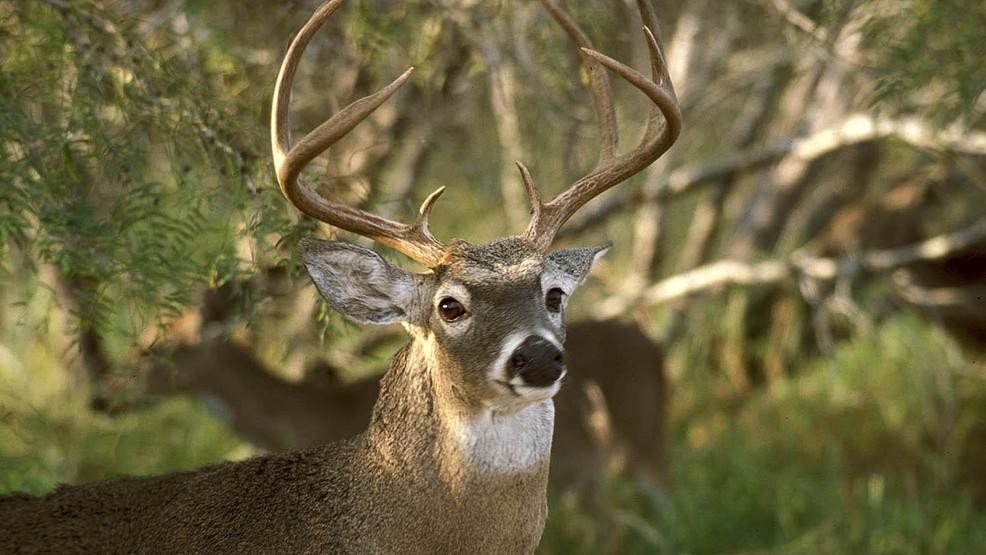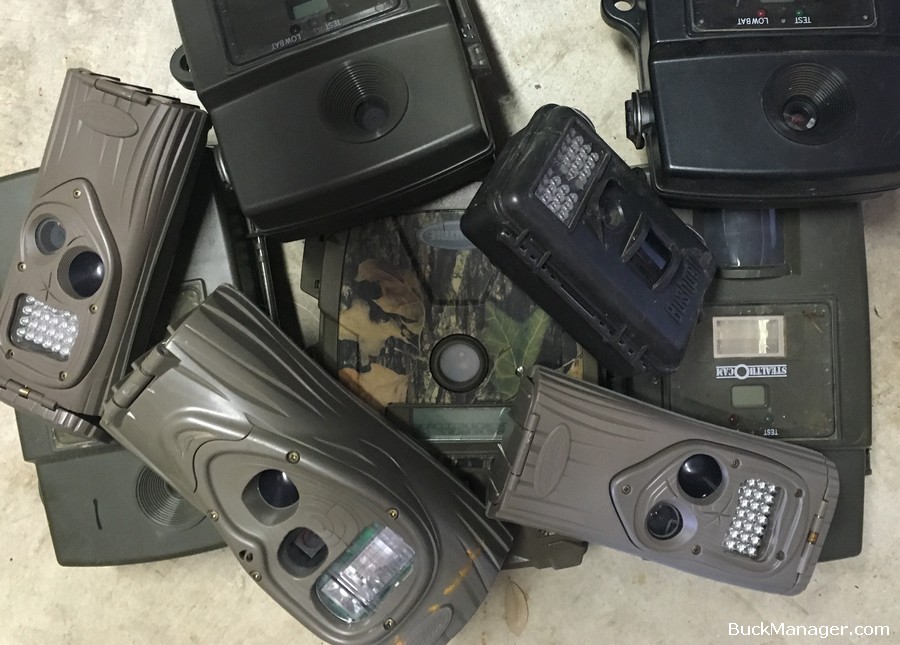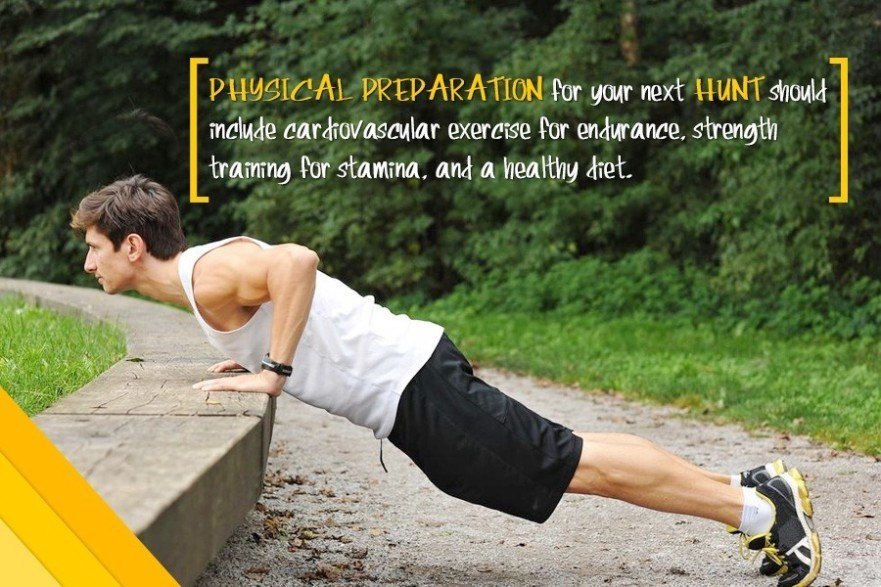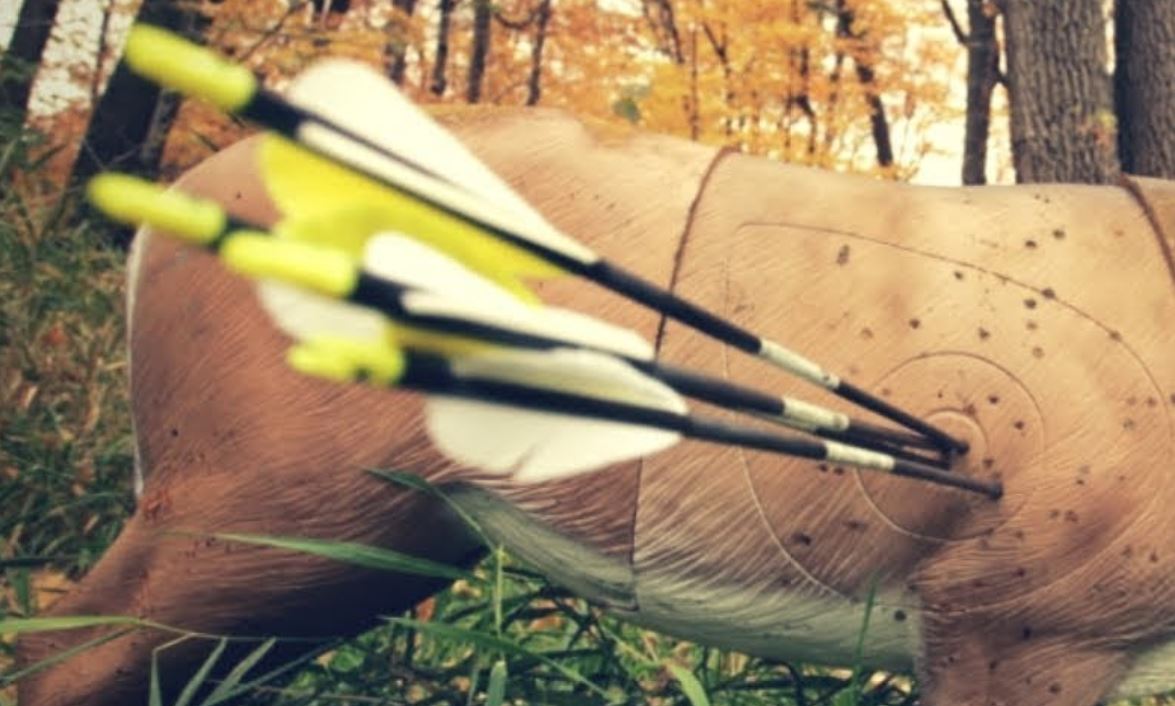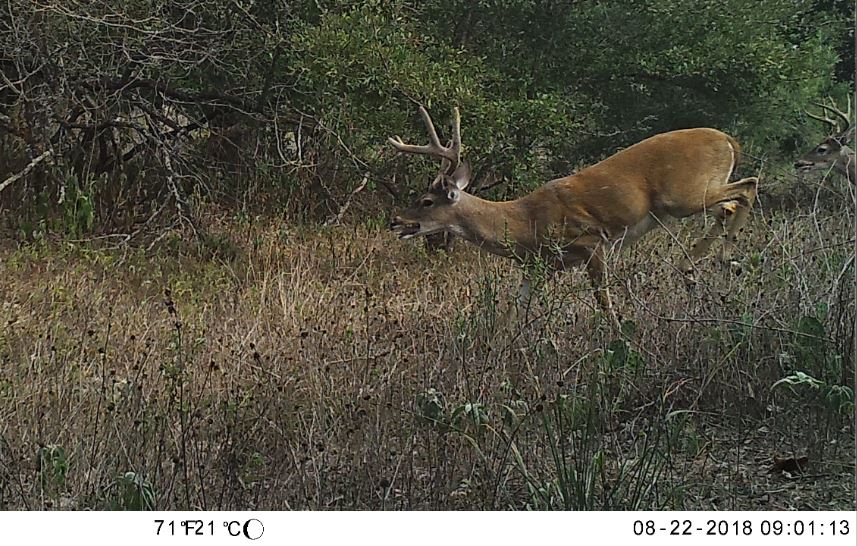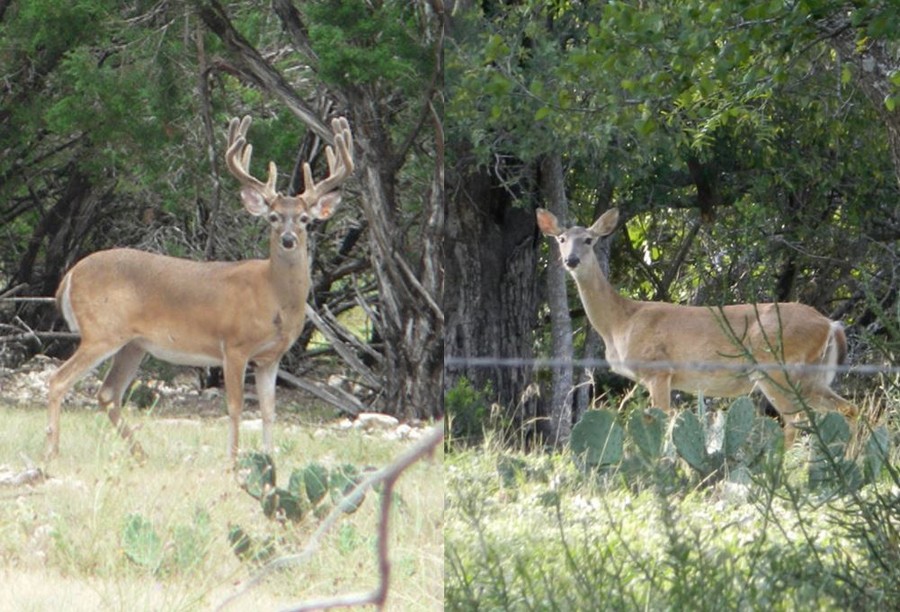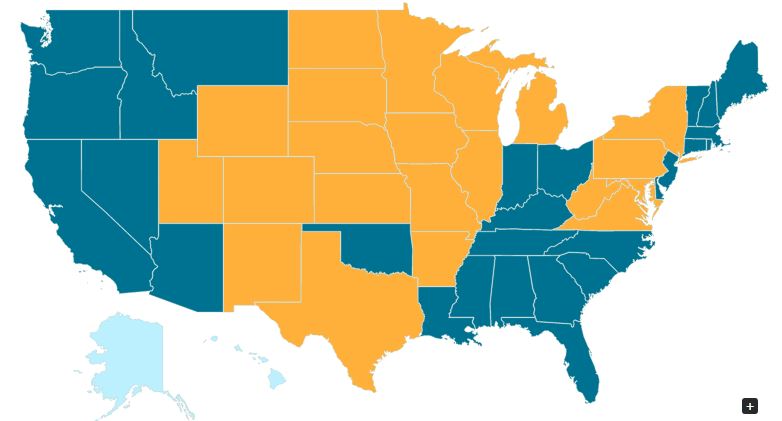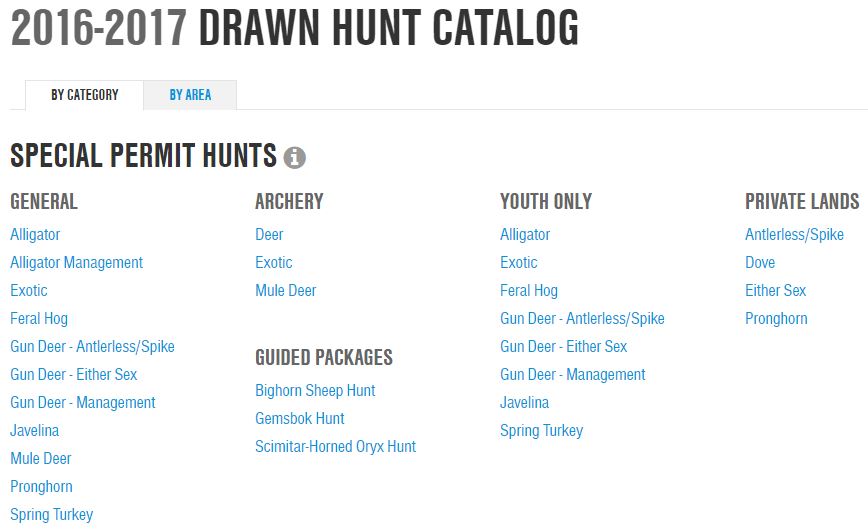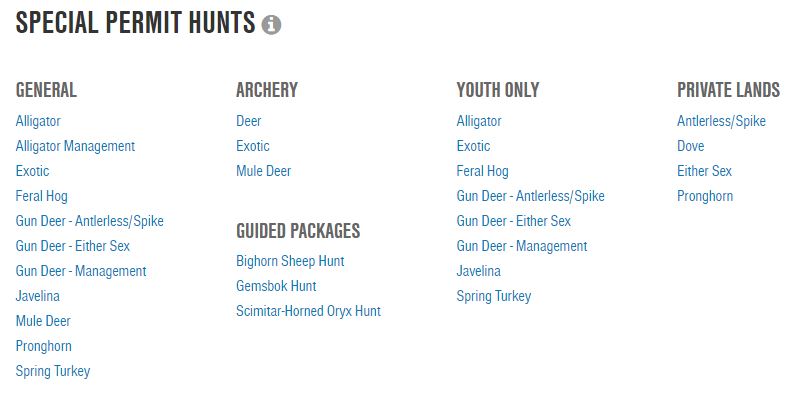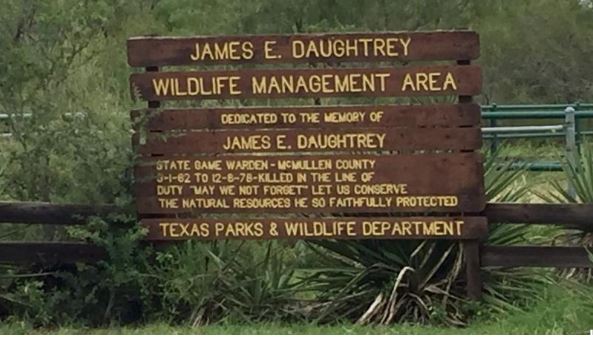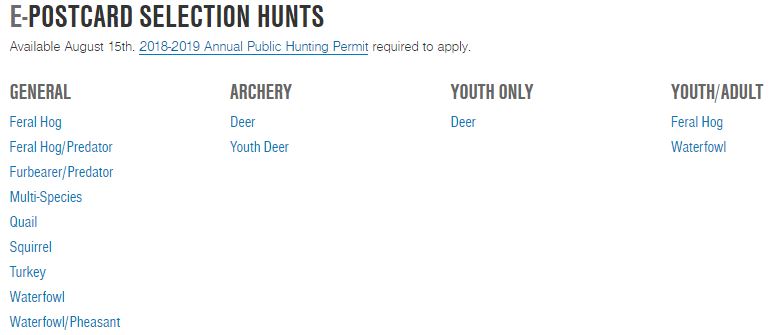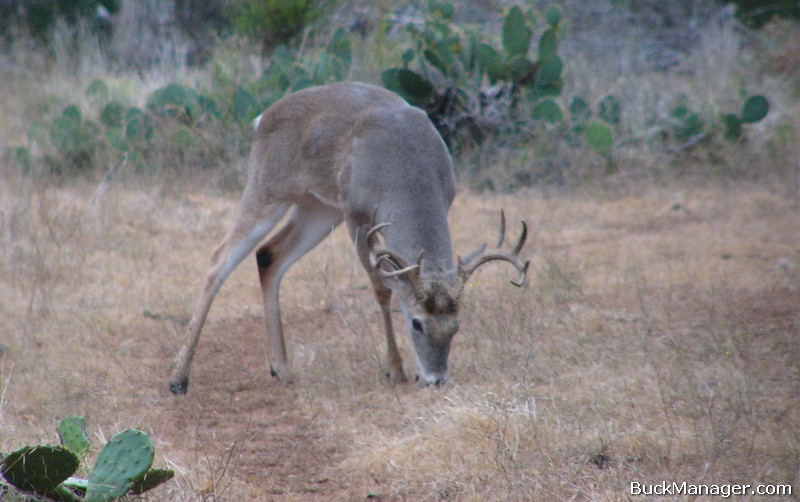CWD & Moving Harvested Deer
Question: “How do we prepare harvested deer in Texas to be transported to other states which have regulations related to CWD? The regulations for transporting harvested deer from other states to Mississippi are contrary to Texas requirements for transporting deer. Mississippi requires all meat to be deboned with no skin or heads to be brought into state unless mounted by a taxidermist or a boiled down head plate with antlers.
This is contrary to Texas requirements which says that the head with hunting license tag must accompany 2 front quarters, 2 hind quarters and 2 back straps. This prevents me from taking deer from Texas to my home in Mississippi. Do I have to stop hunting in Texas? What can I do to remedy this problem and adhere to both state’s requirements? Please let me know as my hunting trip to Texas in coming up in November.”
Transporting from CWD-Positive States
Mississippi and other states where Chronic Wasting Disease (CWD) has not been documented have passed regulations that prohibit the importation of cervid carcasses and deer parts from states where CWD has been found. A cervid is a member of the deer family and includes white-tailed deer, mule deer, elk, moose, caribou, red deer, sika deer, and fallow deer. Many states have carcass import bans, even those that have already found CWD within the state.
The goal of these importation rules is to prevent hunters from inadvertently fast-tracking the spread of the neurological disease that is fatal to deer. As of October 1 2016, CWD has been found in 24 states within the continental US and the Canadian provinces of Alberta and Saskatchewan, as well as the countries of Norway and South Korea.
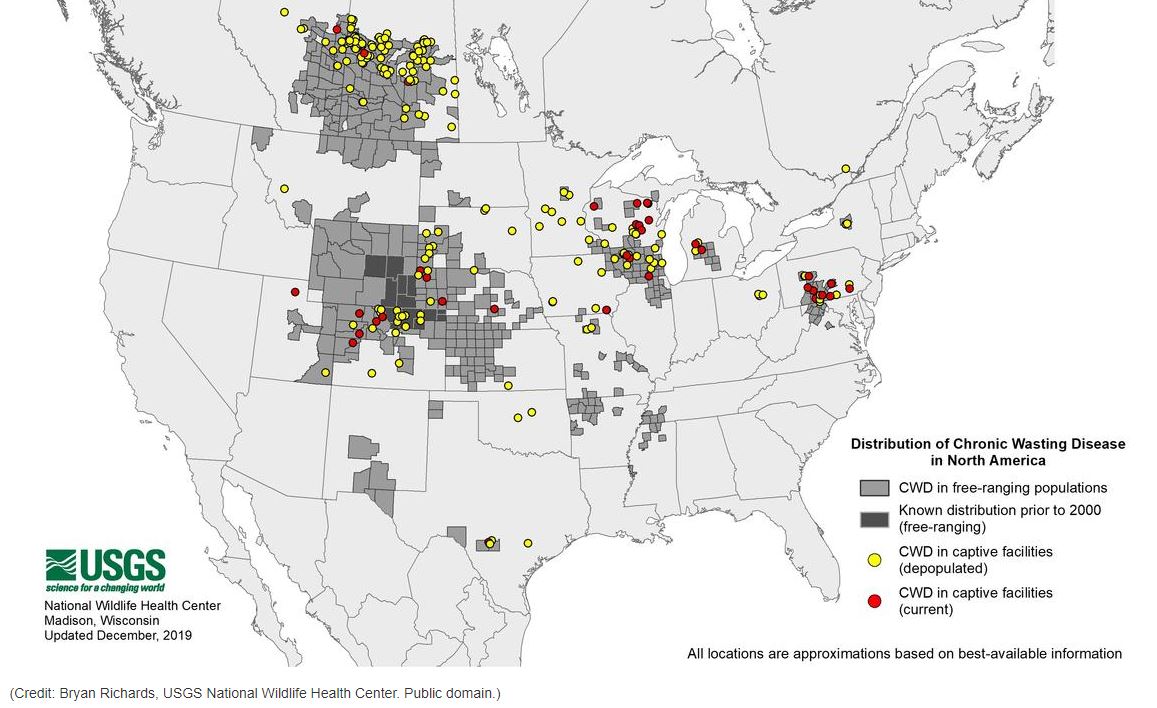
CWD has been confirmed in the following states: Arkansas, Colorado, Illinois, Iowa, Kansas, Maryland, Michigan, Minnesota, Missouri, Montana, Nebraska, New Mexico, New York, North Dakota, Ohio, Oklahoma, Pennsylvania, South Dakota, Texas, Utah, Virginia, West Virginia, Wisconsin, and Wyoming.
Texas Deer Hunting Regulations
In Texas, a hunter may skin and quarter a deer into 2 forequarters, 2 hindquarters and 2 backstraps and possess them for transport, provided the quartered deer is tagged and proof of sex accompanies the deer.
Texas hunting regulations also require the head as proof of sex for harvested deer. The regulations state that it is unlawful to possess a deer with proof of sex removed unless the deer is at a final destination and has been quartered. The regulations go on to say that proof of sex for a deer is:
- the head (skinned or unskinned) of a buck deer with antlers attached
- the head (skinned or unskinned) of an antlerless deer
- a completed Managed Lands Deer Permit (MLD), Landowner Assisted Management Permits (LAMPS), or TPWD Drawn Hunt Legal Deer Tag
There are, however, three exceptions to the proof of sex requirement covered in Texas’ hunting regulations. Texas Parks and Wildlife Department (TPWD) regulations read, “Instead of proof of sex, the hunter may obtain a (1) receipt from a taxidermist or a (2) signed statement from the landowner or the landowner’s agent,” and it was recently published that a (3) CWD receipt from a CWD check station also serves as proof of sex.
Basically, there are a number of ways to meet the proof of sex requirement without having to maintain possession of the head. This allows complete disposal of antlerless/doe heads. For bucks, it also allows hunters to transport antlers with cleaned skull plates in compliance with CWD import rules for their home state.
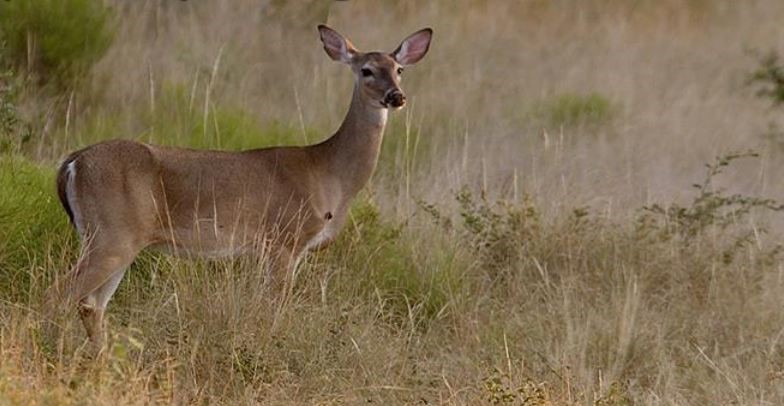
Preparing Harvested Deer
But what about bone-in fore and hindquarters? At the time of writing, Texas hunting regulations only allow hunters to legally process harvested deer down to 4 quarters and 2 backstraps until the animal reaches its final destination. Period. End of story.
Even in Texas’ 2 CWD zones, where mandatory testing is required on all hunter-harvested deer, hunters are still allowed to transport quarters out to other parts of the state. The problem is that what is legally required in Texas all of a sudden becomes a game violation when those fore and hindquarters are brought into a state that has banned bone-in meat from CWD states.
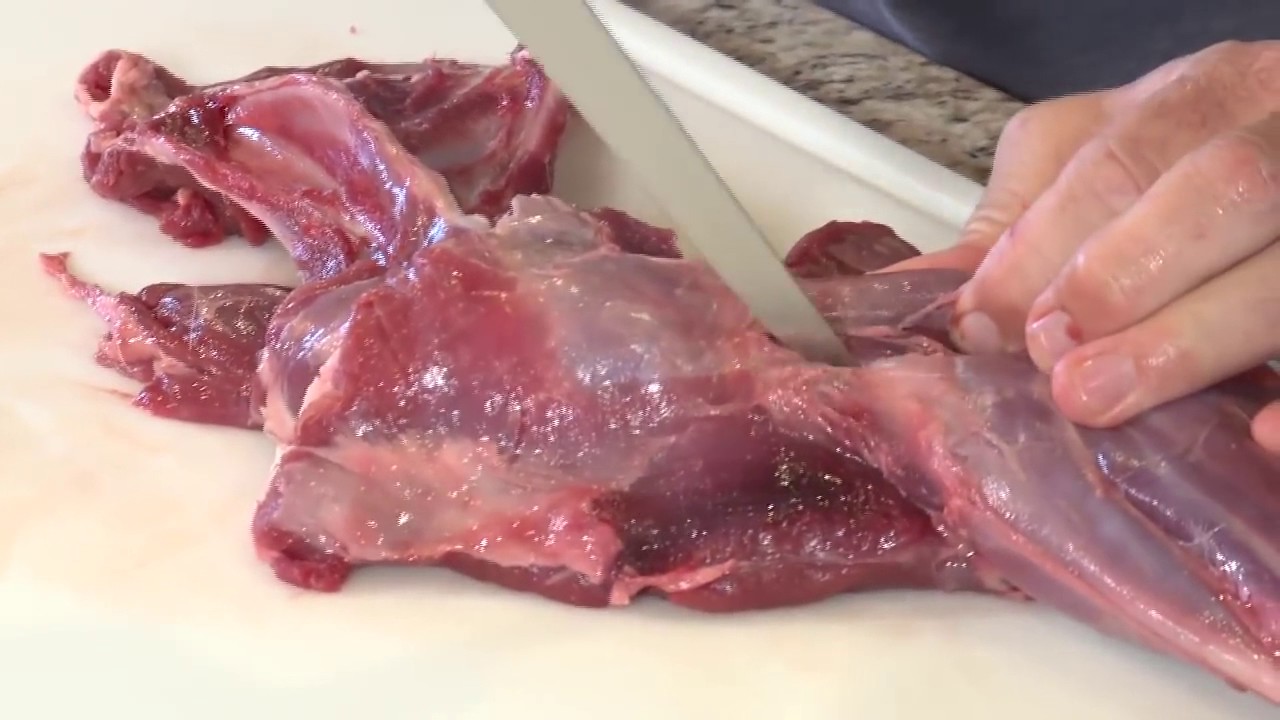
Transporting Harvested Deer: Process ‘Em
For hunters living in states with cervid carcass import bans, there appears to be only one way to lawfully take boneless venison out of Texas, have your deer processed before bringing it home. There are two options, however, when it comes to processing harvested game. Deer and other cervids must be brought to either (1) a commercial deer processing facility or (2) a “private processing facility.”
A private processing facility is a processing facility that is not available for use by the public. The processing facility must be stationary facility that is on-site and is designed and constructed to process game animals. There does not appear to be any registration process involved in setting up such a facility, but any place operating as such must meet the requirements previously mentioned and maintain a “Cold Storage or Processing Facility Record Book.”
It would take some resources to put together such a place, even if the site was simply a small building with water, table, grinder and a freezer of some type, but it could be well worth it depending on the number of animals harvested by the hunter or hunters off a property annually.
In closing, to follow the rules of the state you are hunting in as well as that of your home state, you will need to have all deer processed, either by a commercial or private processing facility, before crossing a state line. It appears to be the only legal way.
